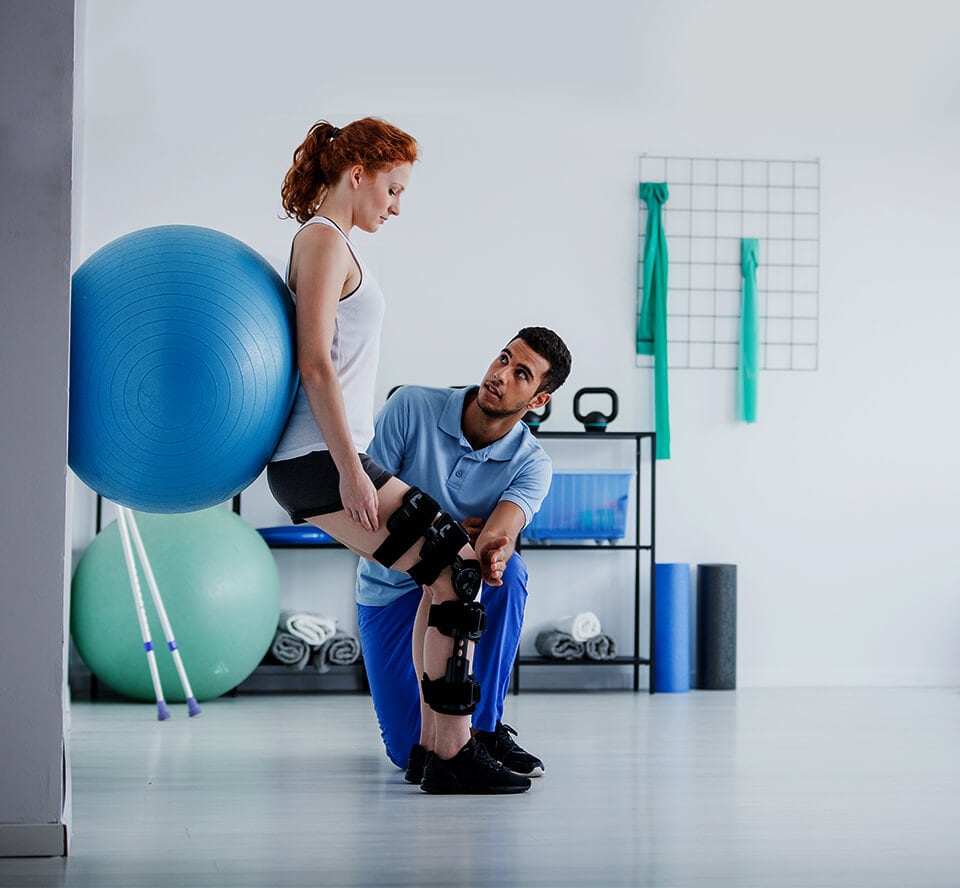The Essential Effect of Resistance Training on Improving Rehabilitation and Performance in Athletic Rehabilitation
The Essential Effect of Resistance Training on Improving Rehabilitation and Performance in Athletic Rehabilitation
Blog Article
Strength conditioning plays a crucial part in sports rehabilitation, assisting sportspeople heal from traumas and improve their general performance. When an athlete gets injured, their physique needs period to heal. However, during this recovery phase, it is crucial to maintain power and mobility to avoid additional injuries. Resistance training can be customized to fit the needs of each athlete, focusing on particular muscular areas that may have been affected by the injury. This targeted method not only aids in recovery but also readies the athlete to come back to their sport more robust than previously.
One of the main advantages of resistance training in recovery is its capability to enhance muscular power and endurance. When muscular tissues are stronger, they can more effectively support articulations and reduce the chance of re-injury. For instance, an athlete healing from a knee injury can gain from workouts that fortify the thigh muscles and back thigh muscles. These muscular tissues play a vital part in stabilizing the leg articulation. By including strength conditioning into their recovery program, athletes can recover their strength more efficiently and securely.
In furthermore to building power, strength conditioning also improves mobility and scope of motion. Many traumas can lead to rigidity in the affected area, causing it difficult for individuals to move freely. Resistance training workouts often include stretching and lengthening the muscular tissues, which can assist restore mobility. For instance, incorporating weight bands or weights into flexibility routines can improve the effectiveness of these workouts. As mobility improves, individuals can perform movements more effectively, which is essential for peak performance in their activity.
Another important aspect of resistance conditioning in athletic rehabilitation is its positive impact on mental well-being. Healing from an trauma can be a challenging and frustrating process for individuals. Participating in resistance training can provide a feeling of achievement and enhance confidence. As athletes see improvements in their power and capabilities, they may experience more motivated to continue their rehabilitation journey. This mental uplift can be just as crucial as the physical benefits, as a positive attitude can lead to improved results in rehabilitation.
Finally, resistance training can help athletes transition back to their activity more seamlessly. Once they have regained their strength and mobility, individuals need to practice activity-specific movements to ensure they are ready for contests. Resistance training can be integrated with activity-specific exercises to create a holistic rehabilitation program. This blend allows athletes to not only recover but also improve their capabilities. By focusing on important link both recovery and capabilities, resistance training becomes an crucial instrument in the recovery process, assisting individuals come back to their sport more robust and more durable.